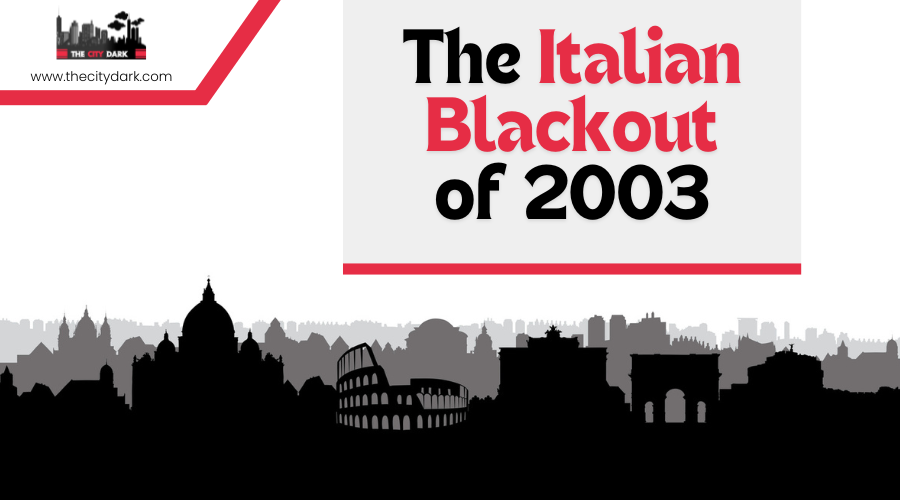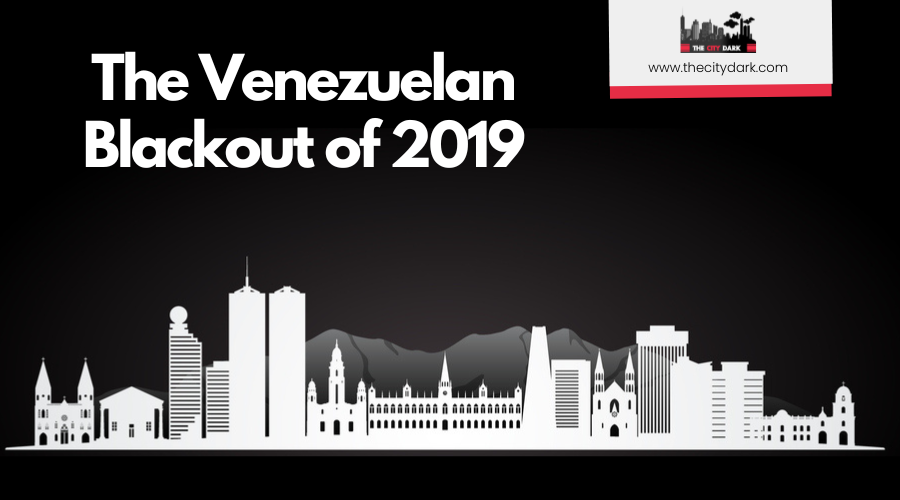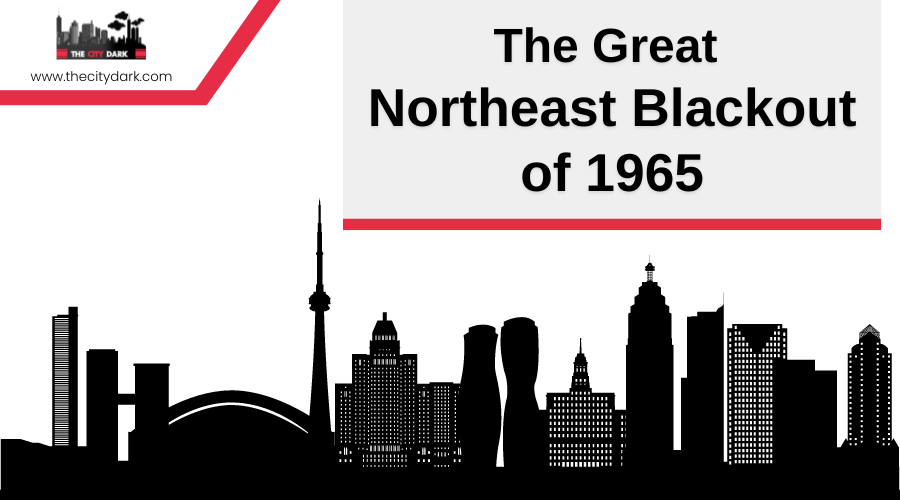The New York City Blackout of 1977
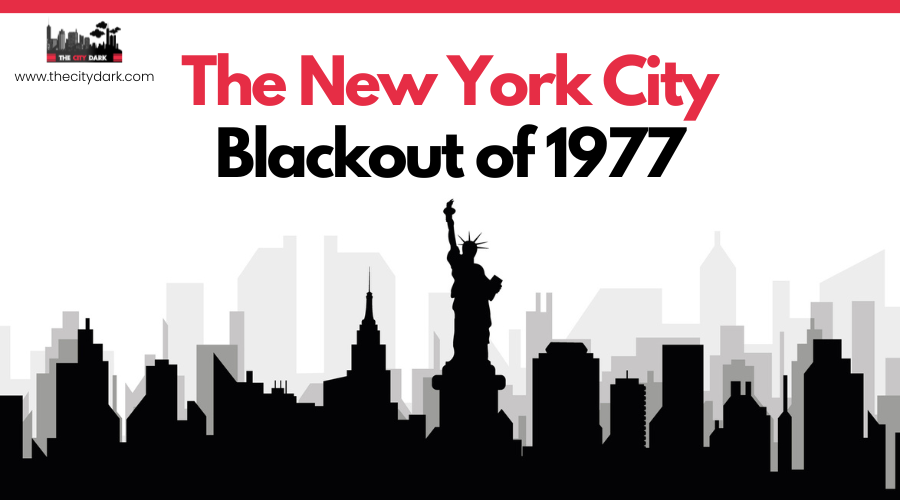
Imagine being in New York City in 1977 when the lights suddenly go out, plunging the entire metropolis into darkness. Initially, it might seem like a temporary glitch, but as hours pass, chaos ensues. This blackout wasn't merely an inconvenience; it became a catalyst for widespread crime and looting, revealing the city's vulnerabilities. How did a lightning strike lead to such turmoil, and what exactly unfolded during those tense hours? This incident wasn't just about the lights going out; it was a pivotal moment that reshaped urban policy and emergency response forever.
Causes of the Blackout
The New York City blackout of 1977 was primarily triggered by a series of lightning strikes at the Buchanan South substation on the evening of July 13. These strikes initiated a chain reaction of failures within the Con Edison system, causing transmission lines to become overloaded. As these lines failed sequentially, the power outage rapidly spread across New York City.
The power grid's inability to handle these lightning strikes was exacerbated by an ongoing heat wave, which had already pushed electricity demand to its peak. Con Edison's infrastructure lacked the robustness to manage the additional load, and the absence of adequate backup systems further compounded the issue. Miscommunication with New York Power Pool (NYPP) operators also played a role, leading to cascading failures.
Investigations confirmed that the lightning strikes were indeed the primary cause of the blackout. Unlike previous incidents, human error or negligence were not significant factors. The 1977 blackout underscored the vulnerability of the city's power infrastructure, revealing its lack of preparedness for such emergencies and highlighting the critical need for improved emergency response protocols in New York City.
Immediate Impact on NYC
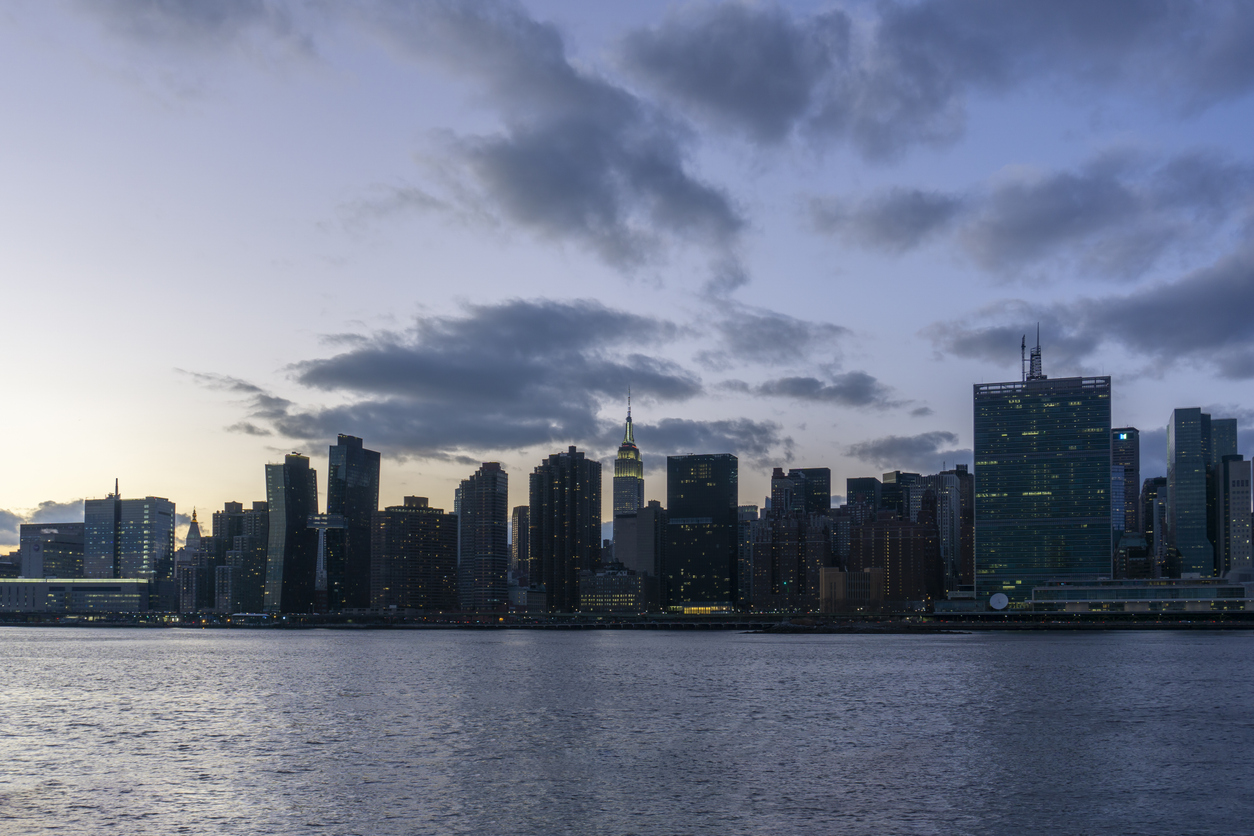
During the 1977 blackout, New York City faced immediate and severe chaos. The blackout triggered widespread looting and arson, with over 1,600 reported incidents of crime. Emergency services were overwhelmed, handling 1,037 fires, including 14 multiple-alarm blazes, while firefighters contended with attacks from crowds. Neighborhoods like Crown Heights and Bushwick were particularly affected; on Broadway alone, 134 stores were looted and 45 set ablaze, contributing significantly to the estimated $11 million in property damage citywide.
The scale of arrests was unprecedented, with approximately 3,776 individuals detained, marking the largest mass arrest in the city's history. Emergency responders struggled to maintain order amid the widespread disorder. Public transportation also suffered, stranding thousands as subways shut down and airports closed for eight hours.
The blackout's immediate impact was intensely felt by New Yorkers, who faced not only darkness but also rampant crime and property damage. The city's resilience was tested as emergency services worked tirelessly to restore order and safety.
Crime and Disorder
Crime and disorder surged dramatically during the 1977 blackout, plunging New York City into chaos. With the city shrouded in darkness, looting and vandalism spread like wildfire across 31 neighborhoods. Crown Heights was hit hard, with 134 stores looted and 45 set ablaze. The sheer scale of the disorder was staggering, reflecting the deep economic struggles and social tensions of the time.
Firefighters were overwhelmed, responding to approximately 1,037 fires, many of which were arson-related. The situation further strained public safety resources, making it difficult to contain the spread of chaos. The blackout saw the largest mass arrest in NYC history, with 3,776 individuals detained. This was a desperate attempt to restore order amidst the widespread crime.
The financial toll was significant, with looting and vandalism causing an estimated $11 million in property damage. The crime wave also resulted in four homicides and three deaths linked to fires, heightening public fear.
Here's a snapshot of the turmoil:
- 1,600 incidents of looting across 31 neighborhoods.
- 1,037 fires responded to by firefighters.
- $11 million in property damage from looting and vandalism.
The 1977 blackout starkly revealed the vulnerabilities of New York City during times of crisis.
Events During the Blackout
During the blackout, significant disruptions occurred, including the closure of LaGuardia and Kennedy airports and the evacuation of 4,000 stranded subway passengers. The chaos extended to Shea Stadium, where a Mets vs. Cubs game was abruptly halted and rescheduled. Widespread looting, vandalism, and the largest mass arrest in the city's history further underscored the disorder.
Airport Closures and Evacuations
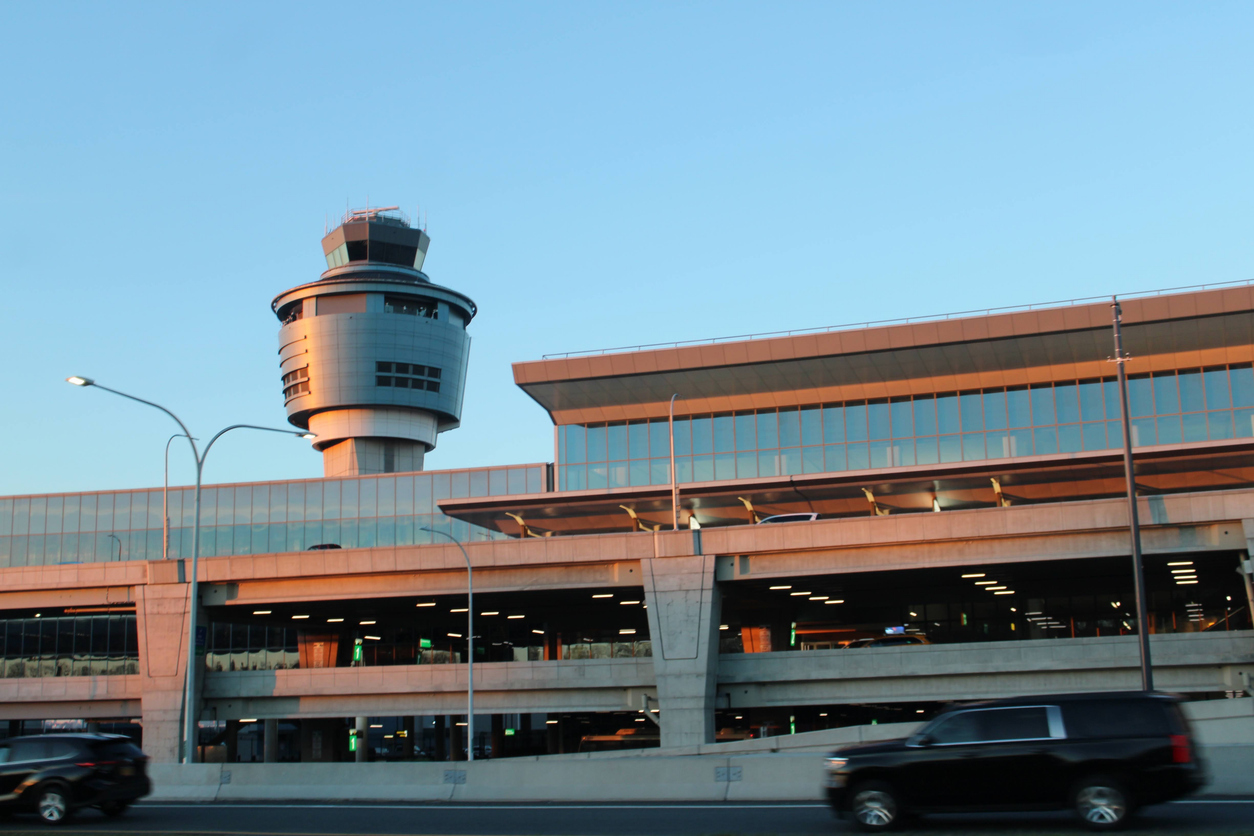
The 1977 blackout brought New York City to a standstill, with LaGuardia and Kennedy airports closing for approximately eight hours. This left thousands of passengers stranded and resulted in numerous flight cancellations. The power outage caused significant disruptions in public transportation, necessitating the evacuation of around 4,000 subway passengers who were trapped underground. Emergency services faced overwhelming challenges in managing the influx of stranded travelers and addressing the logistical issues that ensued.
The blackout exposed critical vulnerabilities in the city's infrastructure. The airport closures led to a complete halt of scheduled flights, creating a massive backlog of passengers. Additionally, the citywide disruption of public transportation further complicated the efforts of emergency services.
Key points to note:
- Airport closures: LaGuardia and Kennedy airports were shut down for eight hours, stranding thousands of passengers.
- Evacuations: Approximately 4,000 subway passengers were evacuated due to stalled trains.
- Infrastructure vulnerabilities: The blackout revealed significant weaknesses and logistical challenges in the city's infrastructure.
The 1977 blackout underscored the importance of robust and resilient infrastructure for a city as dynamic as New York.
Sporting Events Disruptions
During the New York City blackout, sports were not exempt from the widespread disruptions. At Shea Stadium, the Mets vs. Cubs game was abruptly halted around 9:30 p.m. when the stadium lost power. Fans were left in the dark, and the game was eventually completed two months later, with the Cubs winning 5-2. This was just one example of how the blackout rippled through the city's sporting events.
Air travel was also severely affected, as LaGuardia and Kennedy airports shut down for eight hours, stranding numerous travelers and disrupting flights. The New York Yankees, who were playing away games during the blackout, avoided the immediate chaos. However, Yankee Stadium hosted the All-Star Game shortly after the blackout, highlighting the uncertainty and tension surrounding sports events during this period.
The blackout's impact on public order was significant, resulting in the largest mass arrest in the city's history, with 3,776 individuals detained. While sports fans faced immediate inconveniences, the broader implications on public order and daily life were far more severe, marking a chaotic chapter in New York City's history.
Mass Arrests and Crimes
The 1977 blackout plunged New York City into chaos, resulting in unprecedented levels of crime and disorder. Over 1,600 stores were damaged, with 1,037 fires reported and 134 stores looted, particularly in neighborhoods like Crown Heights and Bushwick. This chaos led to the largest mass arrest in the city's history, with 3,776 individuals detained for looting and other crimes.
Emergency services were overwhelmed, responding to double the usual number of false alarms. Looters exploited the darkness to vandalize and steal, intensifying public fear. The blackout also saw four homicides and three additional deaths related to fire incidents, exacerbating the city's sense of insecurity.
The crime surge was evident, as many neighborhoods experienced:
- Extensive looting and vandalism
- Significant store damage
- Overstretched emergency services
The blackout exposed major vulnerabilities in urban safety and law enforcement's ability to manage widespread disorder. Public fear peaked as residents watched their city descend into chaos. The 1977 blackout was more than a power outage; it was a stark reminder of the fragility of urban stability in the face of darkness and disorder.
Restoration Efforts
Power restoration efforts commenced immediately, with Con Edison initiating repairs at 10:26 p.m. on July 13. By 1:45 p.m. the following day, power was restored to half of the affected customers, and full restoration was achieved by 10:39 p.m. This incident prompted Con Edison to develop comprehensive emergency response protocols for future crises.
Power Restoration Timeline
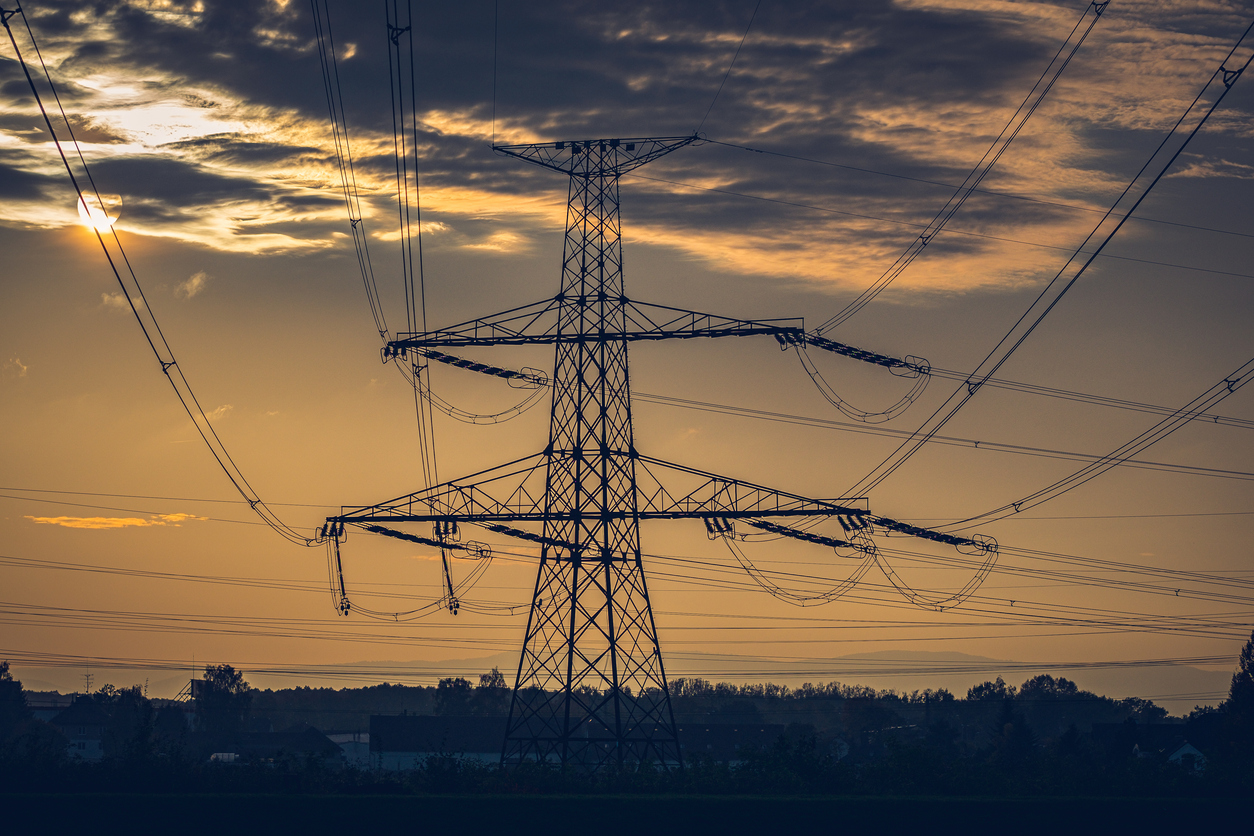
Power restoration efforts began promptly at 7 a.m. on July 14, 1977, with Queens being the first borough to have its electricity restored. Con Edison initiated restoration procedures immediately after the blackout occurred at 10:26 p.m. on July 13. By 1:45 p.m. on July 14, half of Con Edison customers had their power back, demonstrating the effectiveness of their emergency preparedness and restoration protocols.
Here's a concise timeline of the power restoration efforts:
- 7 a.m. July 14, 1977: Restoration begins in Queens, the first borough to regain electricity.
- 1:45 p.m. July 14, 1977: 50% of Con Edison customers have power restored.
- 10:39 p.m. July 14, 1977: Full power restoration achieved for all of New York City.
The blackout's extended duration underscored the necessity for enhanced emergency preparedness, leading Con Edison to develop comprehensive restoration protocols. These protocols ensure a swift and efficient response to future power failures. By focusing on clear procedures and rapid action, Con Edison successfully restored power to millions of customers, revitalizing New York City.
Emergency Response Protocols
The blackout of 1977 underscored the critical importance of having robust emergency response protocols. When the power outage occurred, Con Edison's immediate challenge was restoring electricity. By 10:26 p.m. on July 13, they had begun restoration procedures, and by 7 a.m. on July 14, Queens was the first area to regain power. These efforts were crucial as the blackout left millions without electricity and caused extensive damage.
Following the blackout, Con Edison faced increased scrutiny, compelling them to reassess and enhance their emergency response strategies. By 1:45 p.m. on July 14, half of the customers had their power restored, and the entire city's electricity was back by 10:39 p.m. on the same day. This swift recovery was due to detailed protocols that guided the response.
The aftermath of the blackout highlighted the need for significant infrastructure improvements to prevent future occurrences. Federal aid totaling $11 million was provided to bolster recovery efforts and address the damages. Con Edison's experience in 1977 set a precedent for developing more effective emergency response protocols, ensuring that the city is better prepared for potential future blackouts.
Legacy and Cultural Impact
The 1977 New York City blackout triggered significant cultural and societal shifts that continue to resonate. The blackout's cultural impact was profound, inspiring songs like The Trammps' "The Night the Lights Went Out" and David Bowie's "Blackout," which capture the chaos of the event. The narrative of looters stealing DJ equipment during the blackout is often cited as a pivotal moment in hip-hop's origins, highlighting urban resilience.
Economically, the consequences were substantial, with over $11 million in federal aid allocated for damages. This highlighted the strain on city resources and led to critiques of Con Edison's management. The incident exposed vulnerabilities in the energy infrastructure, sparking discussions on urban policy and crime prevention.
The legacy of the 1977 blackout includes:
- Cultural Reflection: Continued exploration of the social issues and atmosphere of the time through various media.
- Economic Impact: Federal aid underscored the financial strain and the need for improved resource management.
- Urban Resilience: New York City's recovery narrative has influenced discussions on energy management and policy reforms.
These elements collectively form a lasting narrative on how cities can adapt and grow stronger from crises.

